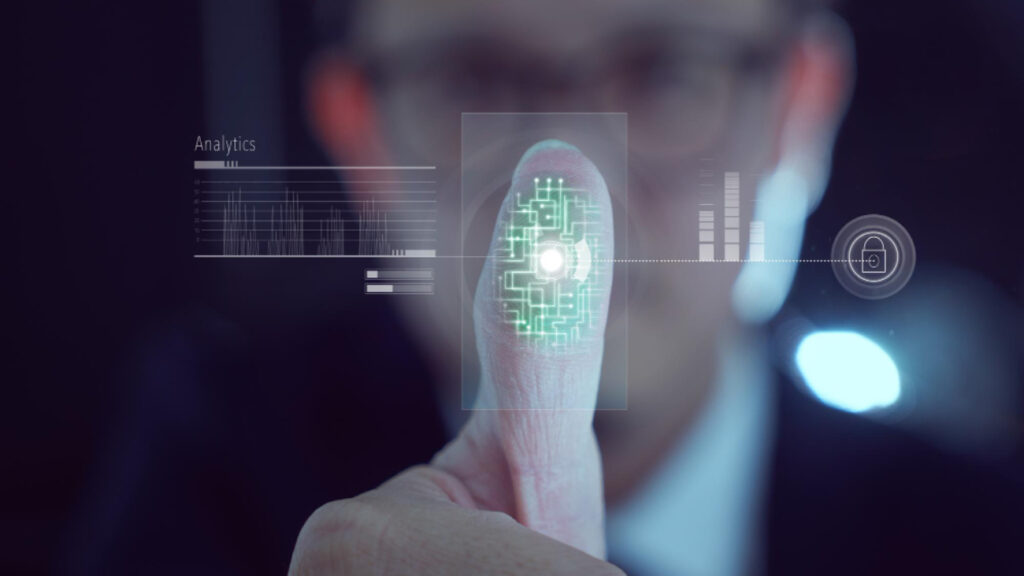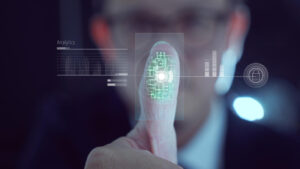What once involved paper documents, face-to-face checks, and physical stamps has transformed dramatically in just a few decades feels Bahaa Abdul Hadi. Today, algorithms, cryptography, and digital innovations shape how we confirm who we are. This shift isn’t just technological, it’s deeply tied to our changing expectations around privacy, convenience, and trust.
The journey from traditional documents to sophisticated algorithms reveals a story about how society balances security with ease of use. It also shows how digital identity is evolving from static proof to dynamic, user-controlled credentials.
The Era of Physical Documents
For centuries, identity was proven with tangible documents: passports, birth certificates, driver’s licenses. These physical proofs served as authoritative evidence, often issued and controlled by governments or institutions.
While effective, physical documents had limitations:
- Easy to lose, damage, or forge
- Required in-person verification
- Limited flexibility across borders and systems
Despite these challenges, paper documents established foundational trust in identity.
The Rise of Digital Identity
As the internet connected the world, new needs arose. Authenticating users online demanded more than just usernames and passwords, it required reliable ways to confirm identities without physical presence.
Digital identity solutions emerged:
- Usernames and passwords: Basic but vulnerable
- Two-factor authentication (2FA): Added security layers
- Biometric authentication: Fingerprints, face recognition
These methods improved security and user experience but also introduced concerns about data privacy and centralized control.
Algorithms and Cryptography: The New Frontier
Today, algorithms and cryptographic techniques are at the heart of identity verification. They enable us to prove who we are securely, even when interacting remotely or anonymously.
Key innovations include:
- Zero-Knowledge Proofs: Verify truth without revealing the underlying data
- Decentralized Identifiers (DIDs): Users control identity data stored in digital wallets
- Selective Disclosure: Share only what is necessary, no more
These methods create trust without exposing unnecessary information, a critical shift in today’s privacy-conscious world.
How Algorithms Enhance Security and Privacy
Algorithms can detect patterns, identify anomalies, and prevent fraud faster than manual checks ever could. They also empower individuals to maintain control over their data, reducing risks of identity theft and surveillance.
Benefits include:
- Real-time verification with minimal friction
- Reduced reliance on central authorities
- Enhanced privacy through data minimization
By combining security with user-centric design, algorithms help build resilient identity ecosystems.
Looking Ahead: The Future of Identity Verification
As technology evolves, identity verification will become even more seamless and privacy-focused. Emerging trends include:
- Self-sovereign identity where individuals fully own and manage their credentials
- AI-powered identity proofing that balances accuracy with user convenience
- Interoperable identity systems enabling trusted verification across borders and platforms
The future promises identities that are both secure and empowering, built on transparency and user control.
Conclusion
The shift from physical documents to intelligent algorithms is a major advancement in identity verification. Not only does it improve safety, but it also gives the individual greater control over their data. As the technology continues to advance, the ability to trust will become more reliant on privacy-directed, user-led experiences.
Adapting to this change is necessary to get to a future where proving who you are is easy, secure, and respects your privacy. The article has been authored by Bahaa Abdul Hadi and has been published by the editorial board of Identity Herald. For more information, please visit www.identityherald.com.




